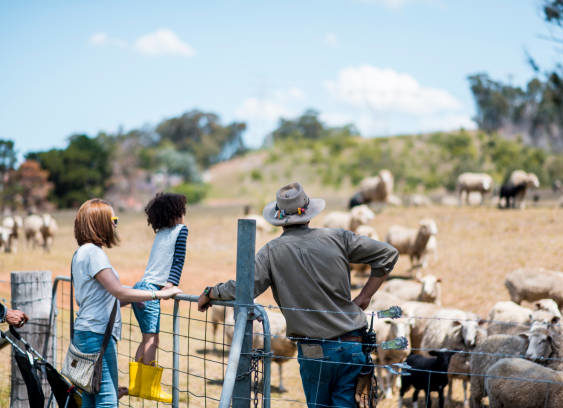Strengthening Farm Biosecurity: Protecting Our Agriculture
Agriculture plays an essential role in providing the food and other resources to the growing number of people. But, the risk of pests, diseases as well as other risks to biosecurity pose an enormous threat for the long-term sustainability and efficiency of the farms we cultivate. Biosecurity in the farm is a variety of methods and strategies that are aimed at stopping, detecting and managing the introduction and propagation of dangerous organisms. Through the implementation of robust biosecurity procedures Farmers can protect their livelihoods, safeguard the health of animals and plants, and help improve the general resilientness of our agricultural system.
The primary protection for farms in biosecurity is keeping a tight reinsult on the movement and entry of people as well as animals and machinery on and off the farm. It involves the implementation of visitor rules that include specific entry points and giving appropriate training in biosecurity on farm workers. Through reducing the likelihood of being a vector for pests and diseases through outside sources farmers are able to effectively reduce any potential negative impact to their crops, livestock and the overall operation of their farm.
Monitoring and detection at an early stage is a crucial aspect of biosecurity on farms. Farmers must be vigilant when watching their livestock and crops in search of signs of illness and pests. The prompt identification of any abnormal symptoms or unusual signs to veterinarians or agricultural officials can to stop the spread of disease and insects. Utilizing the latest technologies that include remote sensing as well as data analysis aids in the identification of biosecurity risks earlier and allowing prompt interventions and measures to control.

The benefits of livestock anti-pyrexic malaysia extends beyond the gates of the farm. Communication and collaboration between governments, farmers researchers, government agencies, as well as industry players are crucial to address and manage biosecurity threats on a larger level. The sharing of knowledge, practices that are best, as well as research results can increase the knowledge base and ability to tackle the latest risks. Additionally, regularly scheduled training programmes and seminars on biosecurity could teach farmers about the newest technological advances and give them the required skills for implementing successful preemptive steps.
The development of a biosecurity strategy that is specific to farms is crucial. Every farm is unique in its characteristics and issues, so a standard approach to biosecurity may not be sufficient. A risk assessment that helps find potential weaknesses, which includes taking into account the proximity of high-risk zones, reviewing the health history of animals and plants as well as assessing the farm’s infrastructure to help create custom biosecurity strategies. The plans must include precautions like quarantine protocols as well as vaccination techniques including biocontainment and quarantine facilities as well as sanitation practices to reduce the possibility of spreading disease.
Integrating biosecurity precautions together with excellent agricultural practices will help improve the overall management of the farm. Implementing practices like garbage management, frequent sanitation and cleaning of equipment as well as the proper use of pesticides could lower the risk of the introduction or spread of dangerous organisms. Furthermore, increasing biodiversity, applying the practice of rotation in crops, as well as maintaining the health of ecosystems can contribute to a more resilient farm that is less prone to the spread of diseases.